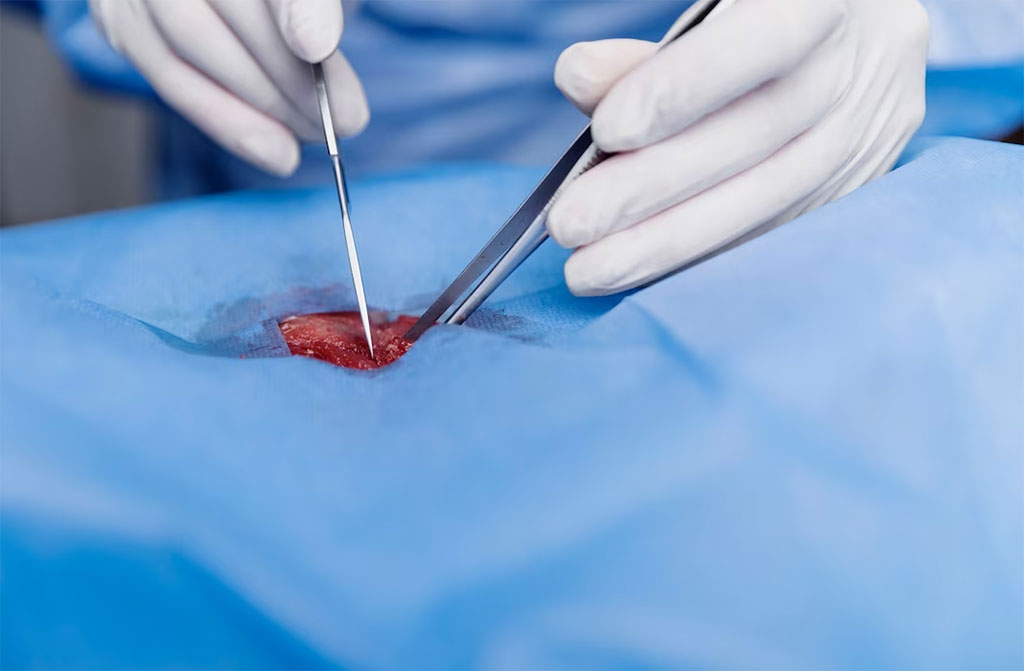New Minimally Invasive Prostate Biopsy Procedure Improves Cancer Detection
Posted on 11 May 2023

Prostate biopsy is a commonly performed invasive diagnostic procedure. With the annual global incidence of new prostate cancers standing at 1.4 million, over 3 million prostate biopsies are performed each year. Traditionally, an elevated prostate-specific antigen blood test and/or a flagged digital rectal exam led to a transrectal biopsy in order to check for prostate cancer. But now, a novel transperineal prostate biopsy procedure, utilizing fusion-guided technology, is enhancing imaging precision and potentially boosting cancer detection in clinical settings.
The transperineal biopsy procedure, coupled with 3D MRI fusion-guided technology, allows physicians to obtain a more representative collection of tissue samples with a reduced post-procedure infection rate, all while bypassing the rectum. Unlike the traditional transrectal biopsy where the biopsy needle is passed through the rectal lining to access the prostate, the transperineal biopsy procedure avoids the rectum, with the biopsy needle passing through the perineum, the area of skin located between the base of the scrotum and the rectum. This is significant because the transrectal approach heightens the risk of transferring fecal matter and bacteria into the prostate.
For patients undergoing transrectal biopsies, antibiotics are prescribed to mitigate the roughly 1 to 2% risk of infection. However, for transperineal biopsies, antibiotics are usually unnecessary or administered in lower doses due to the infection rate being nearly zero. Furthermore, the 3D MRI fusion guided technology enhances the precision in identifying potential cancer within the prostate. Doctors can integrate the MRI findings with ultrasound imaging to generate a three-dimensional view of the prostate. This increased accuracy in imaging enables physicians to ensure they are targeting any suspicious areas, including those that are hard to access through transrectal methods.













